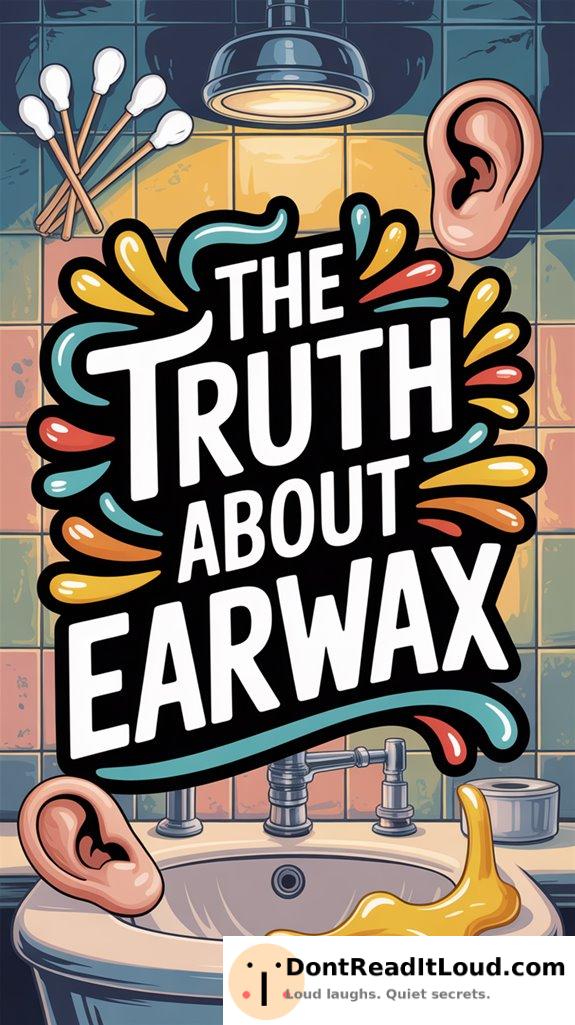
Earwax, made from cerumen, dead skin, and gland secretions, is vital for ear health. It keeps the ear canal slightly acidic, helping to prevent infections. Many people think earwax is just a nuisance, but it actually protects your ears and cleans itself over time. Its natural scent is nothing to worry about. Rather than using cotton swabs, rinse your ears gently or try special earwax removal kits. Earwax comes in many forms, reflecting individual differences and highlighting its important role. Explore more about this fascinating natural defender.
The Role of Earwax in Ear Health
Though often overlooked, earwax plays a crucial role in keeping your ears healthy. Think of it as your ear’s natural protector, quietly maintaining order. Its power comes from cerumen, a mix of dead skin cells, hair, and secretions from special glands in your ear.
This waxy layer does more than provide texture; its mildly acidic pH helps protect against bacteria and fungi. Imagine earwax acting like a bouncer, keeping harmful intruders out of your ear canal.
Debunking Common Earwax Myths
Earwax’s role as a protector often leads to misunderstandings and myths that need clarification. First up, the myth that earwax color reveals your deepest secrets. Sorry, Sherlock, earwax isn’t a mood ring. The color varies due to factors like air exposure and age, not your secret life as a spy.
And about that earwax smell—it’s not plotting world domination. A slight odor is normal because it’s designed to ward off invaders. Think of earwax as your ears’ personal bouncer, blocking unwelcome guests.
Forget the myth that more earwax equals poor hygiene. Your ears clean themselves naturally, much like a Roomba, but far quieter. So, next time you notice earwax, remember: it’s more friend than foe, protecting you with colorful and aromatic flair.
Understanding Earwax Production and Variability
While earwax might seem like a simple substance, its production and variability reveal a fascinating story of how your body protects itself. Picture your ears as tiny factories, constantly producing earwax—a mix of dead skin cells, sweat, and sebum.
Earwax composition, much like your favorite mystery meatloaf, is different for everyone. Some people have sticky, wet wax, while others produce dry, flaky types. Genetics, diet, and climate all play a role in these differences.
Who knew earwax could be more diverse than a reality TV cast? Acting as the body’s personal bouncer, earwax helps block dirt and bacteria. So, next time you spot earwax, remember it’s just doing its job!
Best Practices for Ear Hygiene
Understanding the diversity of earwax highlights the importance of maintaining good ear hygiene. It’s time to get those ear care routines on track!
First, avoid using cotton swabs—they tend to push wax deeper into the ear canal. Instead, try rinsing your ears gently in the shower or use a commercial earwax removal kit.
Not interested in kits? A few drops of olive oil can help soften stubborn wax, but don’t overdo it.
Regular visits to your doctor can help catch any earwax issues early.
As for ear candling—skip it. It’s unsafe and not worth the risk. Stick to methods that are simple and safe for healthy ears.
Conclusion
Now you know why earwax matters for healthy ears. Don’t believe the myths—earwax helps block dirt and prevent infections. Everyone’s earwax is unique, and that’s completely normal. Use gentle cleaning habits, and avoid cleaning too much. Let your body handle most of the work. Your ears will stay healthier that way.



